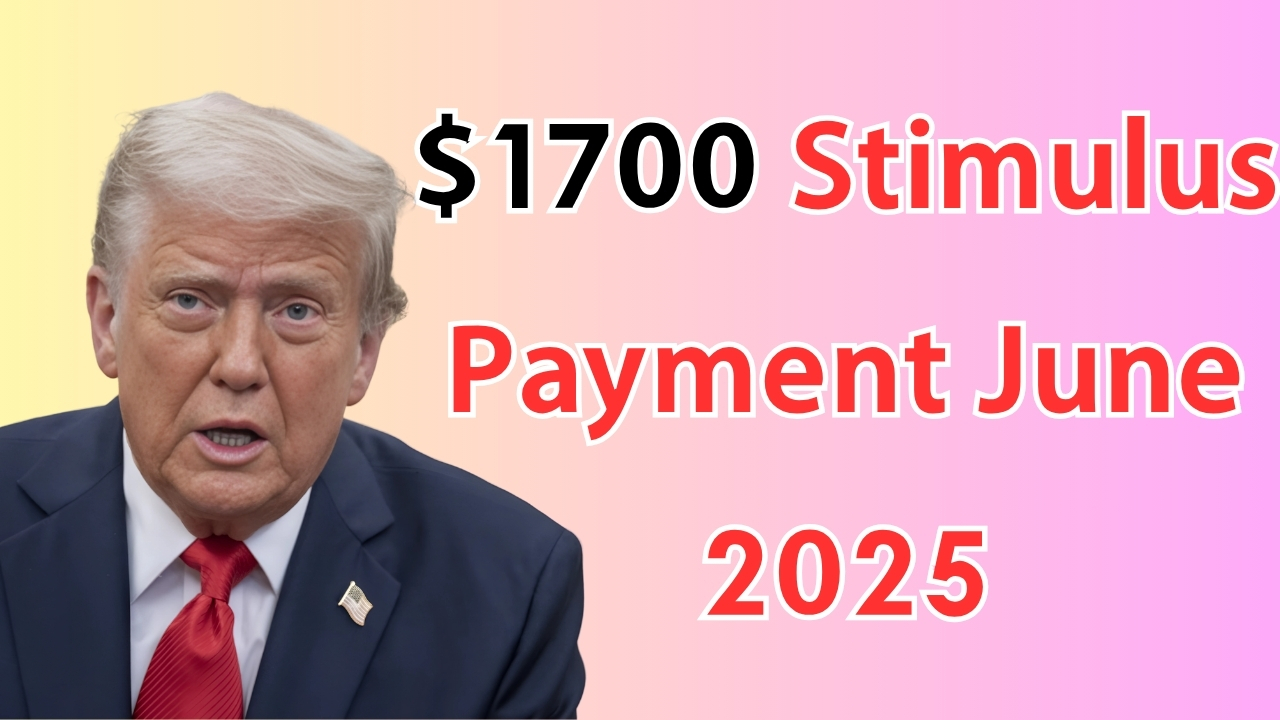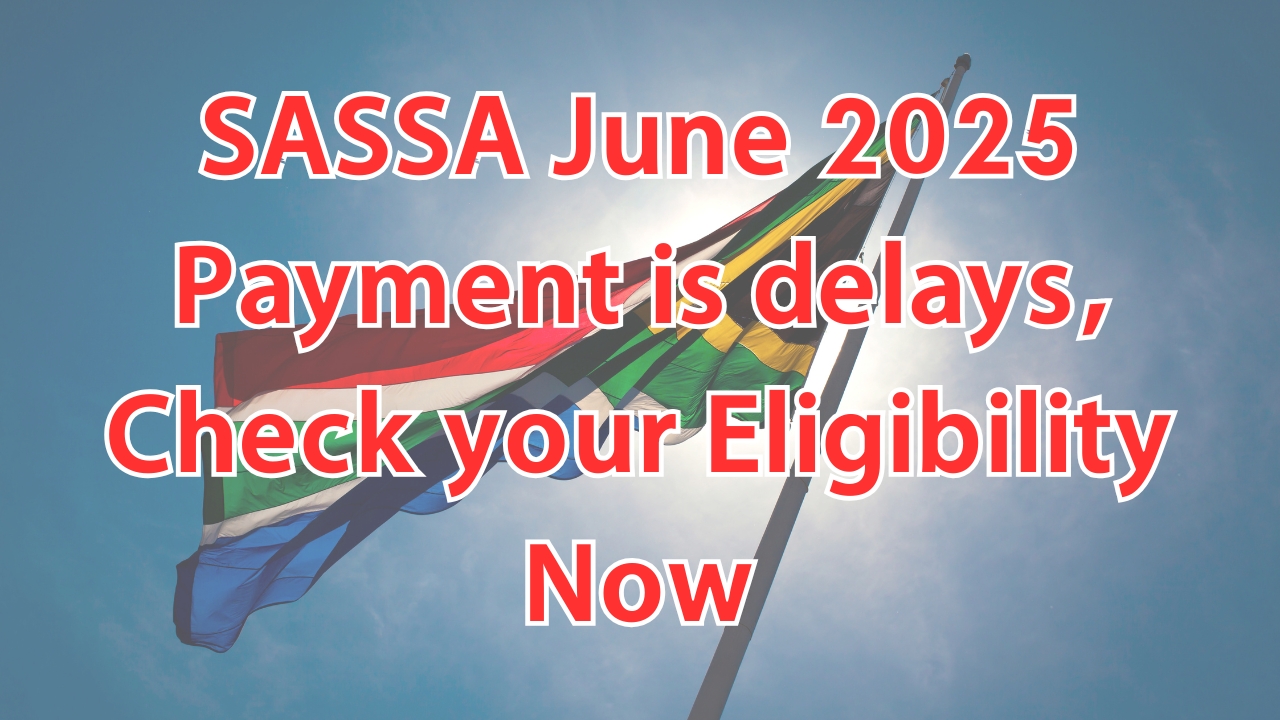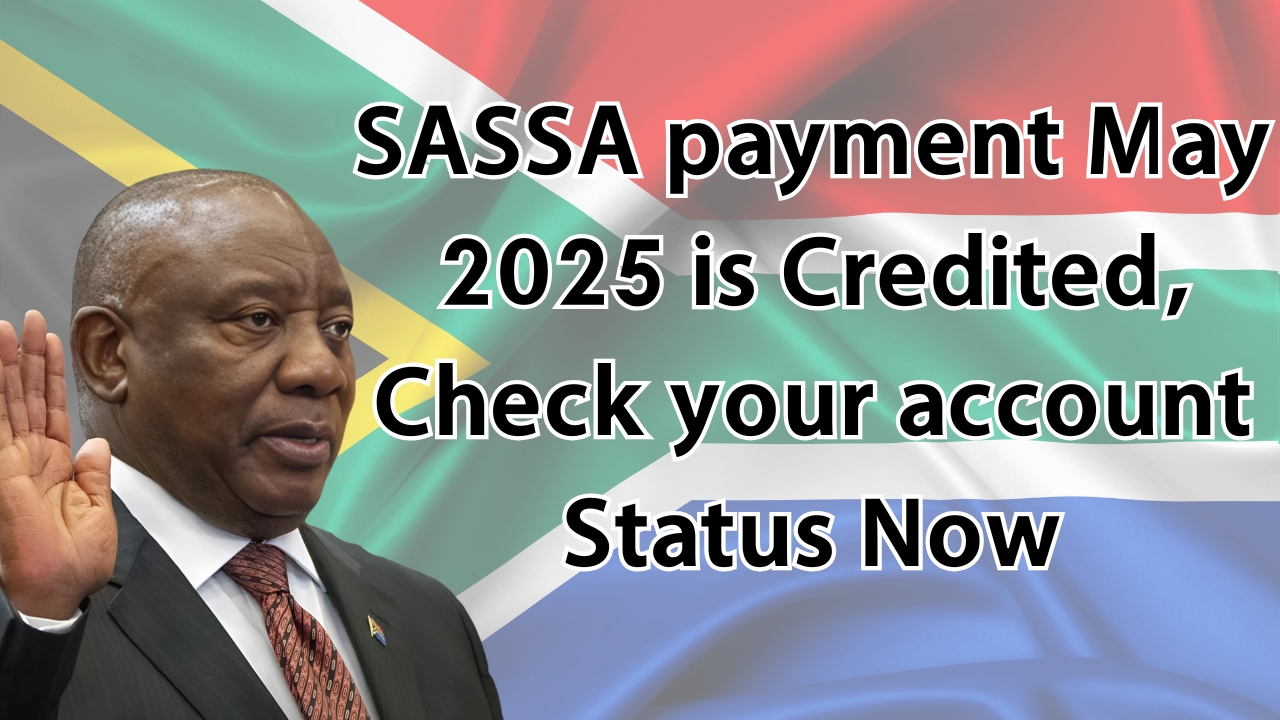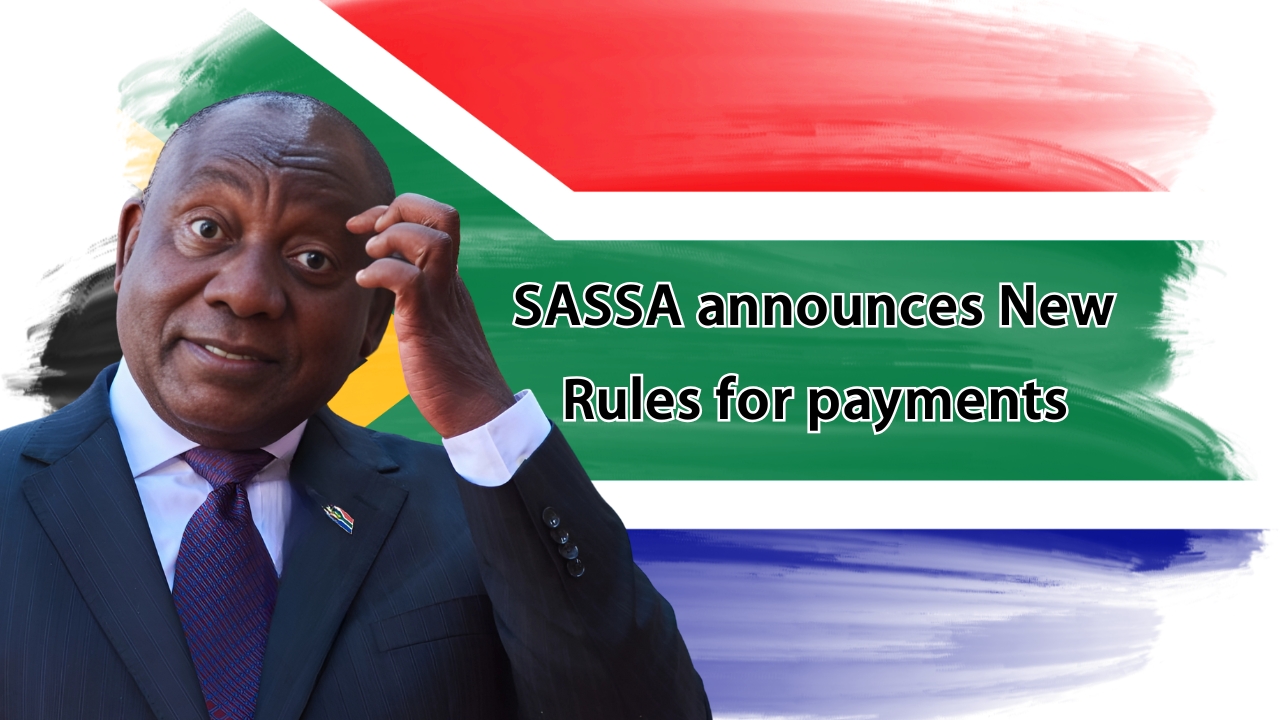As Americans continue to face economic challenges from inflation and rising costs of living, many are searching for information about potential stimulus payments and economic relief measures.
While there is no confirmed $1700 federal stimulus payment scheduled for June 2025, several legitimate relief programs and payments are available to eligible recipients.
Understanding the current landscape of economic assistance helps families access available resources while avoiding misinformation about non-existent programs.
Current Federal Relief Programs
IRS Recovery Rebate Credit Payments
The most significant recent federal relief effort involves the Internal Revenue Service automatically sending payments to approximately one million taxpayers who never claimed their 2021 Recovery Rebate Credit.
These payments, up to $1,400 per eligible individual, represent unclaimed portions of the third round of Economic Impact Payments from the American Rescue Plan Act.
The IRS identified these recipients through internal data analysis, discovering taxpayers who filed 2021 tax returns but left the Recovery Rebate Credit field blank or entered zero when they were actually eligible for the credit.
These automatic payments began in December 2024 and continued through January 2025, requiring no action from eligible taxpayers.
Recipients receive their payments through direct deposit to the bank account listed on their most recent tax return or by paper check sent to their address of record.
The IRS also sends a separate letter notifying recipients about the payment, helping them understand the source and purpose of the funds.
End of Pandemic-Era Stimulus
Federal stimulus checks as distributed during the COVID-19 pandemic have officially ended. The three rounds of Economic Impact Payments provided direct relief totaling up to $3,200 per eligible individual, but Congress has not authorized any new federal stimulus programs since the American Rescue Plan Act in March 2021.
Current economic conditions, while challenging for many families, have not prompted federal lawmakers to implement new direct payment programs comparable to the pandemic-era stimulus checks.
Instead, relief efforts have focused on targeted programs addressing specific needs like student loan forgiveness, energy assistance, and housing support.
State-Level Relief Programs
California’s Ongoing Initiatives
California continues to lead in state-level economic relief through various targeted programs. The Sacramento Family First Economic Support Pilot (FFESP) provides $725 monthly payments to 200 selected low-income families with children aged 0 to 5 years old.
This guaranteed income pilot program began in June 2025 and will continue for one year, with the final payment scheduled for July 2026.
The FFESP targets families in specific Sacramento County zip codes who meet income eligibility requirements.
Participants receive payments through direct deposit or other approved methods, providing crucial support for rent, childcare, food, and other essential expenses during a period of rising costs.
Georgia Tax Rebates
Georgia has established a pattern of annual tax rebates, with 2025 marking the third consecutive year of direct relief.
Eligible Georgia taxpayers can receive rebates ranging from $250 to $500, based on their tax liability from applicable tax years. These rebates reflect the state’s budget surplus and commitment to returning excess revenue to taxpayers.
The Georgia rebate program demonstrates how states can provide meaningful relief to residents without waiting for federal action. The consistent annual nature of these payments helps families plan and budget for the additional income.
Florida Property Tax Relief Proposal
Florida legislators are considering significant property tax relief that could provide $1,000 rebates on school levies to approximately 5.1 million households.
This proposal, supported by Governor Ron DeSantis, would target homeowners specifically, though critics note it would not benefit renters or those without property ownership.
The Florida proposal remains in the legislative pipeline, making its approval and implementation uncertain. However, if passed, it would represent one of the largest state-level relief efforts targeting property tax burden relief.
Local and Pilot Programs
Guaranteed Income Initiatives
Multiple cities and counties across the United States have implemented or are planning guaranteed income pilot programs that provide monthly payments to selected participants.
These programs typically target specific demographics such as families with young children, individuals experiencing homelessness, or residents in particular geographic areas.
The Sacramento program represents one of many such initiatives designed to test the effectiveness of direct cash assistance in improving economic stability and family outcomes.
Early results from similar programs in cities like Stockton and Los Angeles have shown positive impacts on housing stability, food security, and overall family well-being.
Targeted Relief Programs
Various local governments and nonprofit organizations continue operating targeted relief programs that provide direct financial assistance to specific populations.
These programs often focus on emergency assistance, utility bill support, rent relief, and food security rather than universal cash payments.
What to Watch For
Proposed Federal Initiatives
While no confirmed federal stimulus payments are scheduled for 2025, various proposals continue circulating in political discussions.
The speculative “DOGE stimulus check” concept, initially suggesting $5,000 payments funded by government efficiency savings, remains theoretical and faces significant practical and political obstacles.
Any legitimate federal stimulus program would require Congressional approval, extensive debate, and formal authorization through the legislative process.
Americans should be cautious about unverified claims regarding federal stimulus payments and rely on official government sources for accurate information.
State Budget Decisions
State governments continue evaluating their budget situations and considering various forms of taxpayer relief.
States with budget surpluses may implement rebate programs similar to Georgia’s model, while others might focus on tax reduction or infrastructure investment as forms of economic relief.
Avoiding Misinformation
Official Sources
Americans seeking information about stimulus payments and economic relief should rely on official government sources including the IRS website, state revenue departments, and legitimate news organizations.
Social media and unofficial websites often spread misinformation about non-existent payment programs that can lead to disappointment and financial planning errors.
The IRS specifically warns against scams that claim to help people access stimulus payments or economic relief. Legitimate government payments never require fees, personal financial information through unsecured channels, or advance payments to access benefits.
Verification Process
Before making financial decisions based on stimulus payment information, individuals should verify claims through multiple official sources.
The IRS provides comprehensive information about all authorized payment programs, while state revenue departments maintain current information about state-specific relief initiatives.
Planning for Available Relief
Tax Credit Optimization
Rather than waiting for new stimulus payments, families can maximize their economic relief by ensuring they claim all available tax credits including the Earned Income Tax Credit, Child Tax Credit, and any applicable state credits.
These ongoing programs often provide more substantial long-term benefits than one-time stimulus payments.
Emergency Assistance Programs
Local and state emergency assistance programs continue operating year-round, providing support for housing, utilities, food, and healthcare costs.
These programs often have less publicity than stimulus payments but can provide crucial support for families facing immediate financial challenges.
$1700 Stimulus Payment June 2025
While no $1700 federal stimulus payment is confirmed for June 2025, legitimate relief programs continue operating at federal, state, and local levels.
The landscape of economic assistance has evolved from the broad-based pandemic stimulus approach to more targeted programs addressing specific needs and demographics.
Families seeking economic relief should focus on available programs including tax credits, state rebates where applicable, local assistance programs, and guaranteed income pilots in their areas.
Staying informed through official channels while avoiding misinformation helps ensure access to legitimate assistance while preventing disappointment from non-existent programs.
The future of economic relief likely lies in this targeted approach rather than universal stimulus payments, making it essential for Americans to understand and access the specific programs available in their communities and circumstances.














